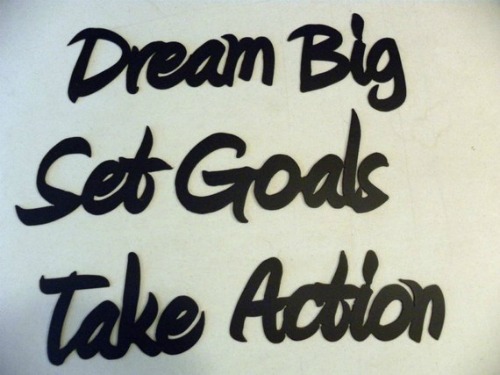Festivals are a true manifestation of our rich culture and traditions. They are a sign and celebration of abundance, prosperity and new opportunities. This blog is an attempt to explain the history behind the key festivals that Indians celebrate..
[** This blog is work in progress and will keep adding other festivals as we celebrate in 2018 **]
[** This blog is work in progress and will keep adding other festivals as we celebrate in 2018 **]
On Makar Sankranti, the sun enters the sun-sign of Capricorn or Makara .The word 'Sankranti' signifies the movement of the sun from one zodiac sign to another. Thus, the name of the festival literally means the movement of the sun into Capricorn.
Salutations to our Son God 🌞( Be part of something bigger than yourself)
The festival is one of bonding 🤗where every member of society is asked to bury all the negativity with others and live in peace. Also, there is belief that during the festival, the Sun God forgets his anger on his son Shani and visits him. Thus, by distributing sweets, everyone is asked to spread joy around.
"Yellu tintdhu olledu maatadu "means
Eat these sesame seeds and jaggery and speak sweet words'. 😇
Also, since the festival falls in winter, eating of sesame and jaggery is considered beneficial to health as they are warm foods. (Health benefits).
Also There is a very interesting reason behind kite-flying, the human body is exposed to the sun for long hours. considered beneficial for the skin and body. (Vitamin D) .
It is also believed that if you die during Makar Sankranti, you are not reborn but go directly to heaven. 🙃( Moksha) .
it is officially the beginning of spring or the onset of Indian summer and the days become longer, and nights shorter 😅.
This festival is predominantly a harvest festival and is celebrated throughout India, from north to south and east to west. 🌾🎋🌼🔥
Bless our farmers with bountiful harvest they are the backbone of our nation 🙏
Have a blessed year 🙏🌞🌞🔔
======






